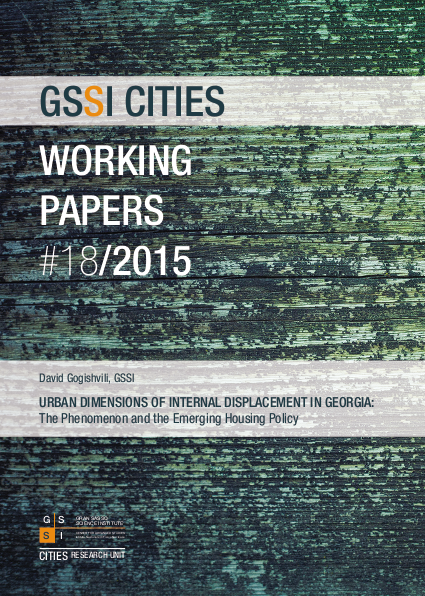
The issue of forced displacement has been one of the distinctive features of Georgian cities over the last two decades since regaining independence. Internally displaced persons (IDPs) emerged as a separate vulnerable group due to violent ethno-political conflicts in the territories of the Autonomous Republic of Abkhazia and South Ossetia. Owing to the lack of housing options a considerable number of IDPs were forced to settle collectively in non-residential buildings. Inappropriate for long-term living purposes and largely concentrated in urban fringe, their residential environment has fostered physical isolation, alienation and spatial segregation.
The Government of Georgia bears legal responsibility for handling IDP problems. In 2007, state efforts were relatively weak and largely unclear before the State Strategy and Action Plan were adopted, covering all IDPs and aimed mainly at housing provision, promoting socio-economic integration and creating conditions for the dignified and safe return of IDPs to their original place of residence. This paper has two aims: first, to present the specific phenomenon of internal displacement, specifically IDPs living in cities, and the difficulties faced by them drawing on the nationwide representative survey; and second, to discuss aspects of the State Strategy dealing with the housing issue.
Resource collections
- Topics
- UN Habitat - Urban Response Collection
- Urban Response - Urban Crisis Preparedness and Risk Reduction
- Urban Response Collection - Community Engagement and Social Cohesion
- Urban Response Collection - Economic Recovery
- Urban Response Collection - Environment and Climate Change
- Urban Response Collection - Housing, Land and Property
- Urban Response Collection - Urban Crisis Response, Recovery and Reconstruction
- Urban Response Collection - Urban Resilience